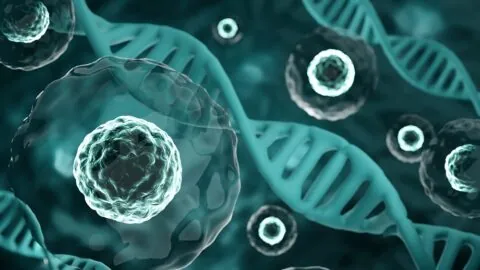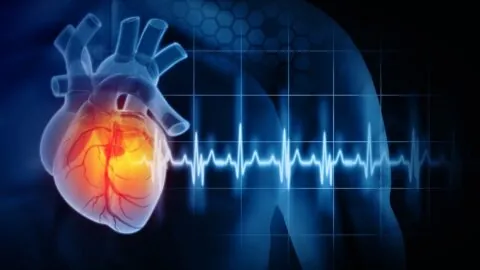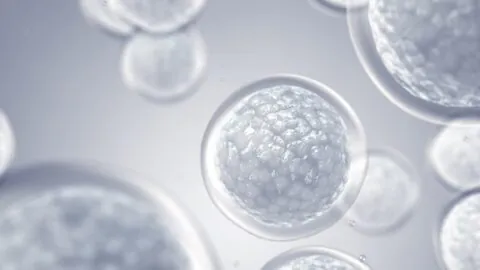April 28, 2025
Researchers have discovered a cocktail of micro-RNA strands that make some extracellular vesicles (EVs) effective in reducing cellular senescence and published their findings in Aging Cell. A new approach to senescence Why We Age: Cellular SenescenceAs your body ages, more of your cells become senescent. Senescent cells do not divide or support the tissues of...
April 03, 2025
Publishing in Stem Cell Research & Therapy, researchers have found that small extracellular vesicles (sEVs) derived from young mice alleviate heart dysfunction in older mice. Reaffirming an approach These researchers note that there are a few ways to classify extracellular vesicles. Many of the earlier classifications were based on their origin, with microvesicles coming from...
November 25, 2024
In Aging, researchers have reported that deriving extracellular vesicles from mesenchymal stromal cells (MSCs) in fat tissue has beneficial effects in models of osteoarthritis. Which source to use? Why We Age: Cellular SenescenceAs your body ages, more of your cells become senescent. Senescent cells do not divide or support the tissues of which they are...
November 19, 2024
A novel therapy based on induced neuronal stem cells shows promise in a mouse model of Alzheimer’s disease – and it can be administered intranasally [1]. Who needs cells? Stem cell therapies have made great strides in recent decades. They have been successfully employed against numerous diseases, from cancer to osteoarthritis. However, storing, transporting, and...
September 16, 2024
Researchers have filled extracellular vesicles (EVs) with micro-RNA that is effective against liver fibrosis in mice and published their breakthrough in Aging Cell. The cellular postal service EVs, which cells use to send chemical messages and packages to one another, are significantly affected by aging to the point that they have been used as biomarkers...
April 19, 2024
Tiny bubbles that cells use to communicate with each other prolonged lifespan and reversed numerous aging phenotypes when taken from young mice and injected into old ones, even though the treatment started late in life [1]. The tiny messengers For millennia, humans credited young blood with rejuvenating qualities. This belief caused legendary and historic rulers...








